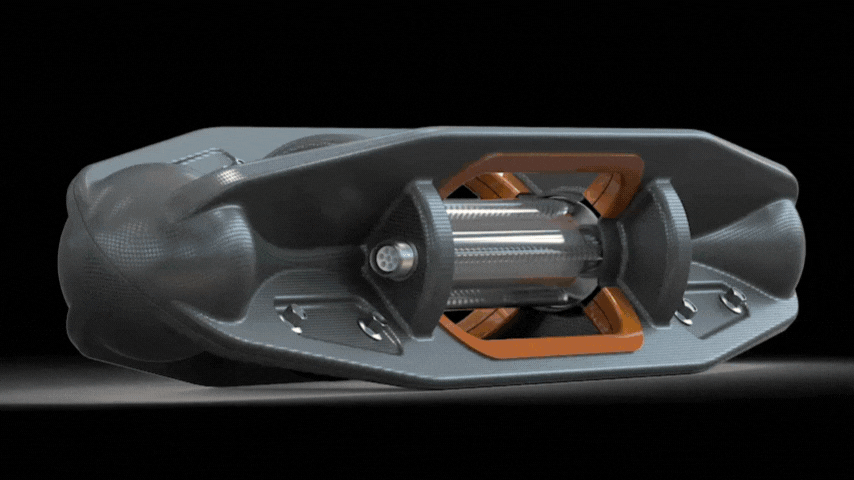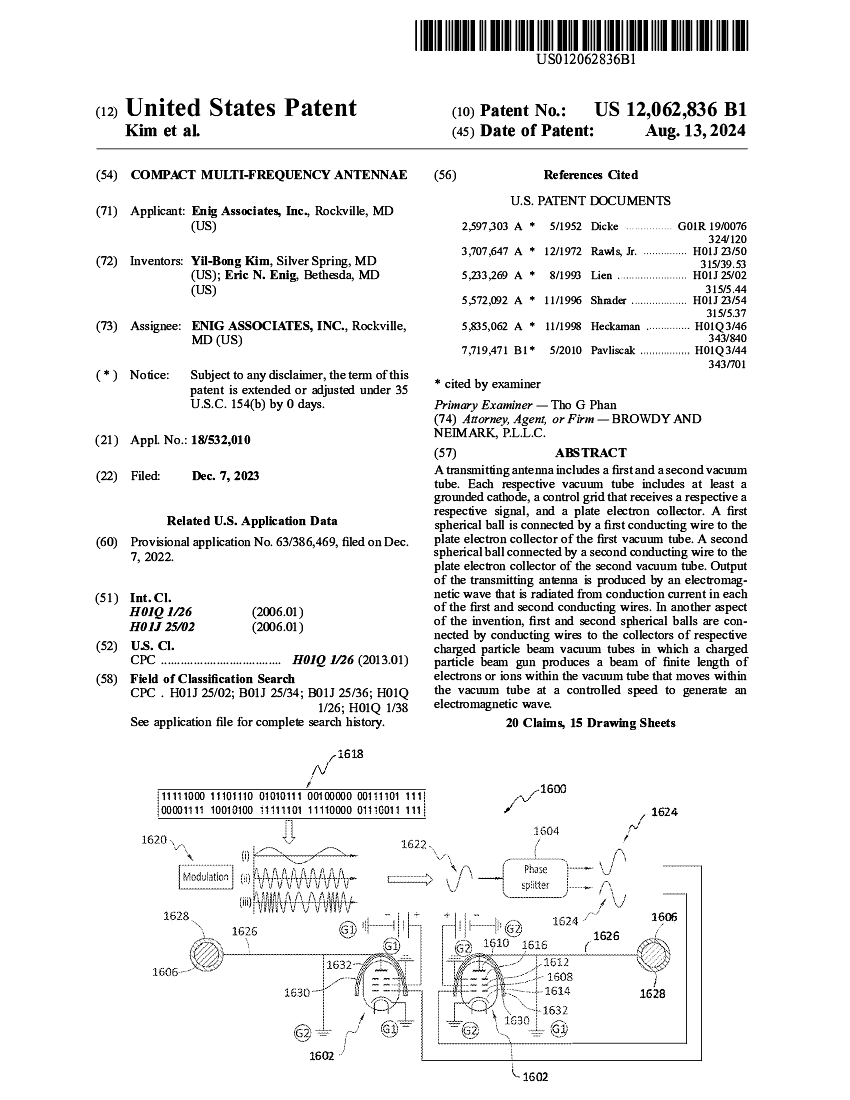What is Driving the Need for Underground and Undersea Communications and Detection by the DoD?
ENIG is developing innovative technologies for compact low-frequency transmitters in the VLF (3-30 KHz), LF (30 kHz-300 kHz), MF (300 kHz-3 MHz), HF (3 MHz-30 MHz), VHF (30 MHz-300 MHz), and UHF (300 MHz-3000 MHz) spectrum, and more specifically pertaining to compact low-frequency transmitters with an antenna size significantly smaller than the wavelength of the carrier wave. “We’re primarily interested in VLF transmitters, but the fundamental concept and technology under development can be applied to higher frequency bands including LF, MF, HF, VHF, and UHF” noted Eric Enig, President of Enig Associates, Inc. and coinventor, adding that “sensitive and compact commercial receivers that can measure the spectral noise density of 10 fT/ÖHz magnetic signals in the VLF spectrum already exist.” A baseline receiver with less than 10 fT/ÖHz noise and clutter floor will be assumed in any estimates for VLF transmitter applications according to the invention.

Patent No. 12,062,836 (Application 18/532,010) Compact Multi-frequency Antennae
“Radio frequencies at the very low-end of the electromagnetic spectrum are attractive for numerous defense and civilian applications”, he noted, for long-range two-way communications, as well as geophysical detection, interrogation, and exploration, in conductive media (e.g., underground and undersea). VLF is particularly useful for the penetration of signals through conductive media such as soil, rock, water, and building materials. Enig suggests that penetration is possible due to the relatively large skin depth in these materials, which grows as the carrier frequency is reduced. “Currently, for undersea communications, VLF is used for one-way communication to a submarine from a very large land-based VLF antenna that typically occupies hundreds of square miles of land area” said Enig, adding “we’re moving current in a much more compact vacuum in a way never envisioned by the vacuum electronics community for the last seventy to eighty years.”
An electron or ion beam injection directly drives current in the vacuum antenna where the current can be orders of magnitude higher than a conventional conductive wire antenna with a current-driving circuit, according to Enig. “Our compact charged particle beam plasma transmitter under development does not require an antenna feed with impedance matching and violates the Chu limit and can demonstrate a 10 dB enhancement of the Chu bandwidth limit in all frequency bands, from VLF to UHF” he noted.

United States Patent Office announced today the issuance of Patent No. 12,062,836 (Application 18/532,010) entitled Compact Multi-frequency Antennae
(For more information, contact media@enig.com.)
